Hillman Hunter: Aussie original
 Hillman Hunter
Hillman Hunter
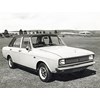
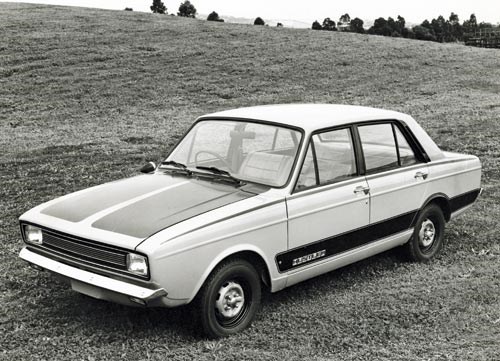 Hillman Hunter
Hillman Hunter

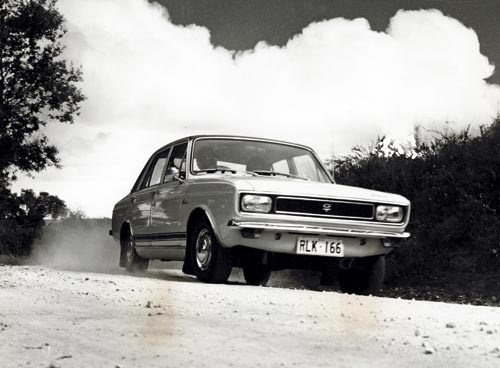 Hillman Hunter
Hillman Hunter

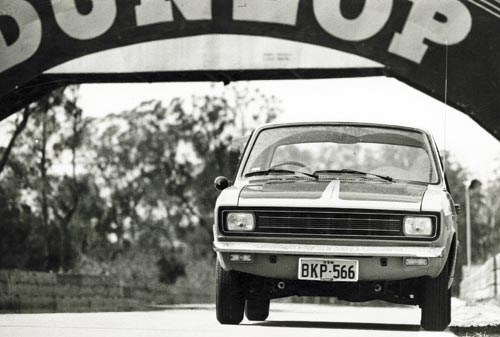 Hillman Hunter
Hillman Hunter

 Hillman Hunter
Hillman Hunter
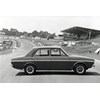
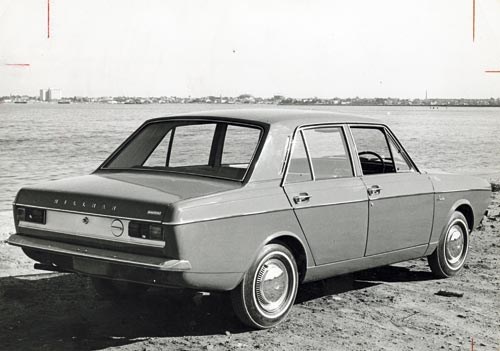 Hillman Hunter
Hillman Hunter

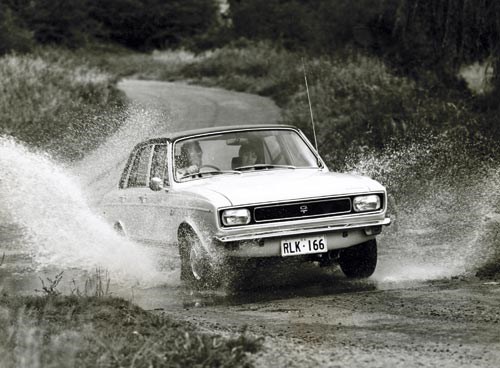 Hillman Hunter
Hillman Hunter

 Hillman Hunter
Hillman Hunter
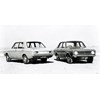
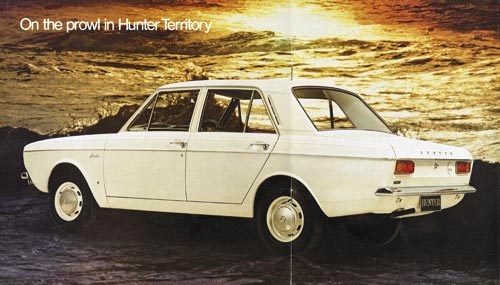 Hillman Hunter
Hillman Hunter

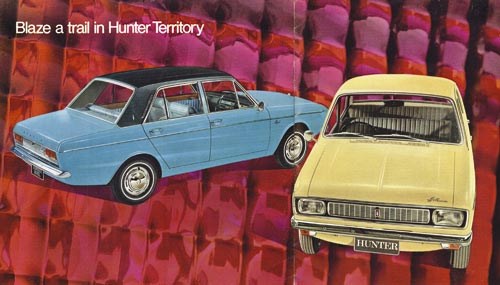 Hillman Hunter
Hillman Hunter

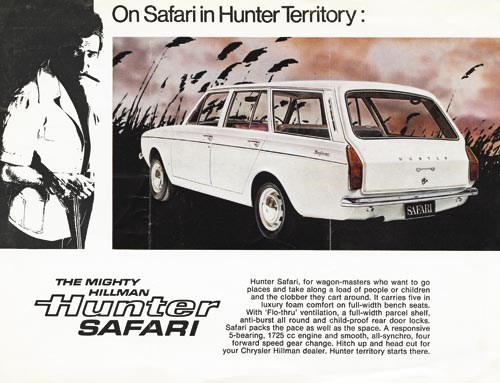 Hillman Hunter
Hillman Hunter

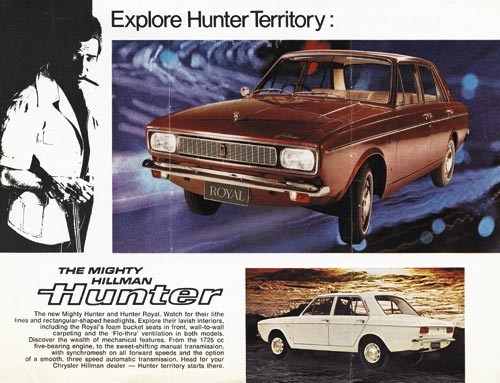 Hillman Hunter
Hillman Hunter

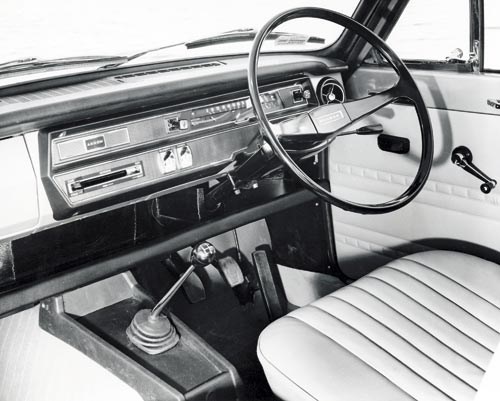 Hillman Hunter
Hillman Hunter

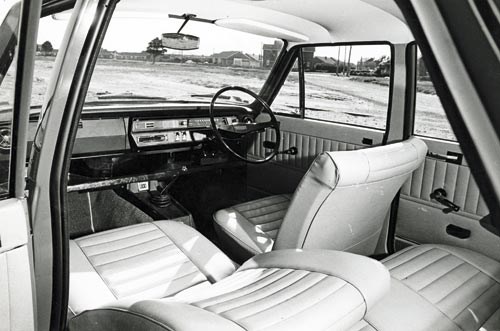 Hillman Hunter
Hillman Hunter

 Hillman Hunter
Hillman Hunter
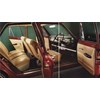
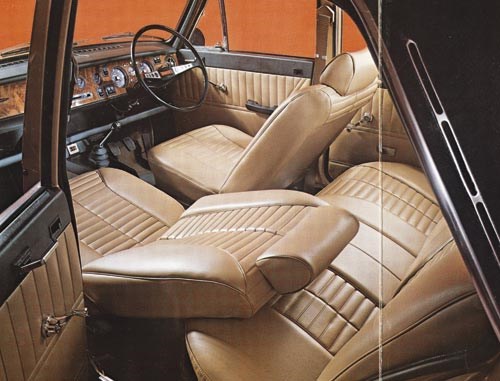 Hillman Hunter
Hillman Hunter

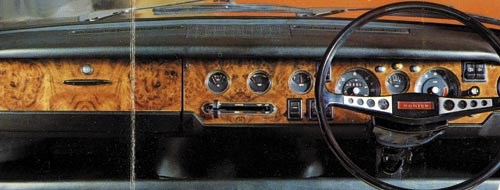 Hillman Hunter
Hillman Hunter


|
|
Hillman Hunter
|

|
|
Hillman Hunter
|

|
|
Hillman Hunter
|

|
|
Hillman Hunter
|

|
|
Hillman Hunter
|

|
|
Hillman Hunter
|

|
|
Hillman Hunter
|

|
|
Hillman Hunter
|

|
|
Hillman Hunter
|

|
|
Hillman Hunter
|

|
|
Hillman Hunter
|

|
|
Hillman Hunter
|

|
|
Hillman Hunter
|

|
|
Hillman Hunter
|

|
|
Hillman Hunter
|

|
|
Hillman Hunter
|

|
|
Hillman Hunter
|
In what was pretty much a fluke, Chrysler Australia milked every Valiant link it could from its attractive, long-lived Hillman Hunter range

|
|
Aussie original: Hillman Hunter
|
From Unique Cars magazine issue 339, July/Aug 2012
Hillman Hunter
VALIANT HUNTER
The May 1967 Australian launch of the Hillman Hunter appeared to present a class-leading range of four-cylinder models inspired by the Valiant. Against the odds, Chrysler had transformed the old-school Rootes Group range into fresh-looking, class-competitive, scale-model Valiants in record time. Or so it seemed.
The ink on the contract for Chrysler’s purchase of the Rootes Group was barely dry when the Hunter launched in the UK in 1966. Yet despite Chrysler’s minimal input, the Australian arm’s marketing and canny product planning succeeded in exploiting the scaled-down Valiant impression until the last local Hunters, built late in ’72, were finally cleared in 1973.
For Chrysler Australia, the Hunter’s convergence of fresh trans-Atlantic styling, up-to-date features and conventional mechanicals with local six-cylinder family cars looked like it was carefully planned that way. For the UK market, however, the Arrow project was a desperate last-minute switch to a cheaper and lighter repackaging of earlier Hillmans. It left the Rootes Group with only a single wheelbase and body style to cover the Minx and Super Minx segments, or what was rapidly becoming Ford’s Cortina and Corsair segments. Because Chrysler Oz had already dropped the Super Minx sedan and was only offering the Super Minx wagon as a niche model, this was less of a problem.
Initially, Rootes was committed to a range of advanced rear-engine family sedans as an extension of the Imp approach, ready to challenge Ford’s conservatism and BMC’s front-drive complexity. After the Imp’s early production problems soaked-up scarce resources, the idea was abandoned but not before several trans-Atlantic styling themes had been developed around the Chevrolet Corvair, all of which appeared on the Imp.
Meanwhile, Ford launched the Cortina in 1962 with a similar upper-bodyside crease line to the Imp. Because Rootes intended to use a similar styling crease to link its new sedans with the Imp, the Rootes design team under Peter Ware was forced to start again and define a clean new design direction. This proved a useful starting point for the Arrow project.
In 1967, local Hunter buyers could be forgiven for linking the 10-degree tilt of the heavily-revised 1725cc Hillman engine to the slant-six under the Valiant’s bonnet. After all, the parity between the Hunter’s engine and its 1.5-litre competitors was similar to the Valiant’s 3.7-litre six versus its 3.0-litre rivals. The side profile of the Hunter nose recalled the AP5/AP6 Valiants, as did its horizontal taillights. The flat rear screen and thick C-pillars, along with the unusually straight rear door shut-line, also seemed pure local Valiant. As for the grille, which had simple horizontal bars that continued beyond the headlights, the VE, VF and VG Valiants all had them. Even the Hunter’s strip speedo and square gauges seemed to coincide with the shift away from round dials in the Valiant.
Both Chrysler and the Valiant were still in another universe while all this was being defined. Most of these features were inspired by the Cortina-based Ford Corsair from late-1963. Its styling and profile was loosely based on the US Thunderbird. Peter Ware was left to deliver a small car that could face the Cortina as a 1.5-litre Minx, yet have the presence to be a Corsair rival at Hunter level without the Corsair’s increase in wheelbase. The distinctive rear door shut-line, C-pillar and headlights cut into the grille were all Corsair features, simplified in the Hunter. Ditto for the Corsair’s strip speedo and later ‘eyeball’ air vents. Inclining the engine created space for the Hunter’s bigger engine in a Cortina-sized engine bay.
By rejecting the British Minx 1500 version, Chrysler Oz could pitch an entry version of the Hunter as a superior and larger-engined rival to the Cortina, despite dimensions and a MacPherson strut/live rear axle structure that shadowed the Cortina.
Sharing the generic UK project name, the entry-level Arrow was a local model only. At its $2038 starting price, the Arrow’s 55kW engine, with its fuel-economy gains, had an edge over the Cortina 1500’s 48kW and the feeble Holden Torana 1200’s 42kW. Although Arrow sales were few, it succeeded in luring buyers into Hillman showrooms who drove away in a Hunter, happily paying the modest $150 premium.
Chrysler Australia then went it alone with this strategy following the Hunter’s windfall victory in the 1968 London to Sydney Marathon. For the November 1968 HC facelift, based on the British Hunter Mark II, the Arrow became the Hunter, and the previous Hunter gained a ‘Royal’ badge, fusing it into local Chrysler heritage. A new Hunter GT, with parts from British Singer and Humber versions, was offered with a special high-compression, alloy-head, twin-carburettor engine that delivered 71kW and a lavish interior with taller seats and round instruments set in a timber dash.
Backed by Marathon credibility at a price similar to a Cortina GT’s, with bright new Chrysler colours, plus a vinyl roof and side-stripe options as a bonus, it was a compelling package. The British Hillman GT, badged as neither a Minx or a Hunter, was Minx-based with the standard dashboard and rubber mats.
In October 1970, the Australian HE facelift – with its VG Valiant-style grille, Valiant steering column and steering wheel, and neat taillights – was the best-looking Hunter globally, reviving the simplicity of the original. Now also badged as a Chrysler, the scale-model Valiant process was complete, just as its Chrysler 180 replacement was launched in Europe.
After the VF Pacer had succeeded as an affordable decal-and-black-paint Valiant special, Hunter GT mechanicals were repackaged as the basic rubber-floor Hustler for just $2378. Like the Arrow, it made the $2698 Hunter Royal 660 look even better as a rebadged GT, with plush Regal 770 coarse-grain trim and Rostyle wheels shared with top-level Capris and MGBs. Both successfully dodged insurance bullets aimed at anything with a GT badge.
But the HE Hunter was on a knife-edged schedule. Still built in the old Port Melbourne Rootes factory, the Hunter was too far from Tonsley Park’s gaze to get the attention it needed to meet growing local quality expectations. By 1971, the LC Torana GTR had obliterated the Hunter’s cut-above positioning in performance and style, while the $2363 Datsun 1600 made any three-year-old Marathon-winning claims redundant. The TC Cortina threat, due later in ’71, placed the entire segment on notice.
The HE Hunter could only ever hold the fort locally until its replacement, the Chrysler 180/Centura, arrived early in 1972 – ready to take on formidable new Toranas and Cortinas at the upper levels, while a fresher, more advanced Mitsubishi Galant disposed of the entry models. But it took until 1975 for a half-baked Centura to emerge, by which time Chrysler’s strategy had been frozen in time for three years. It was inevitable that Mitsubishi, suppliers of the models that kept dealers alive during this period, would take over after Chrysler failed so dismally on a global level.
The Hunter far outlived any other Chrysler product from 1966. It remained in UK production until 1979, by which time its crisp styling was back in vogue. The real success story, however, was in Iran, where the Paykan Hunter became something of a ‘people’s car’. Production of the later Peugeot-engined Paykan Hunter ended in 2005, although an upgraded version of the Hunter ute still survives. The tooling was sent to the Sudan, where the model could still do a phoenix for that region’s emerging economy. In this context, Port Melbourne’s final 1972 Hunter Royal 660 ended a proud local Hillman history on a high note.
Unique Cars magazine Value Guides
Sell your car for free right here
Get your monthly fix of news, reviews and stories on the greatest cars and minds in the automotive world.
Subscribe

.jpg)










